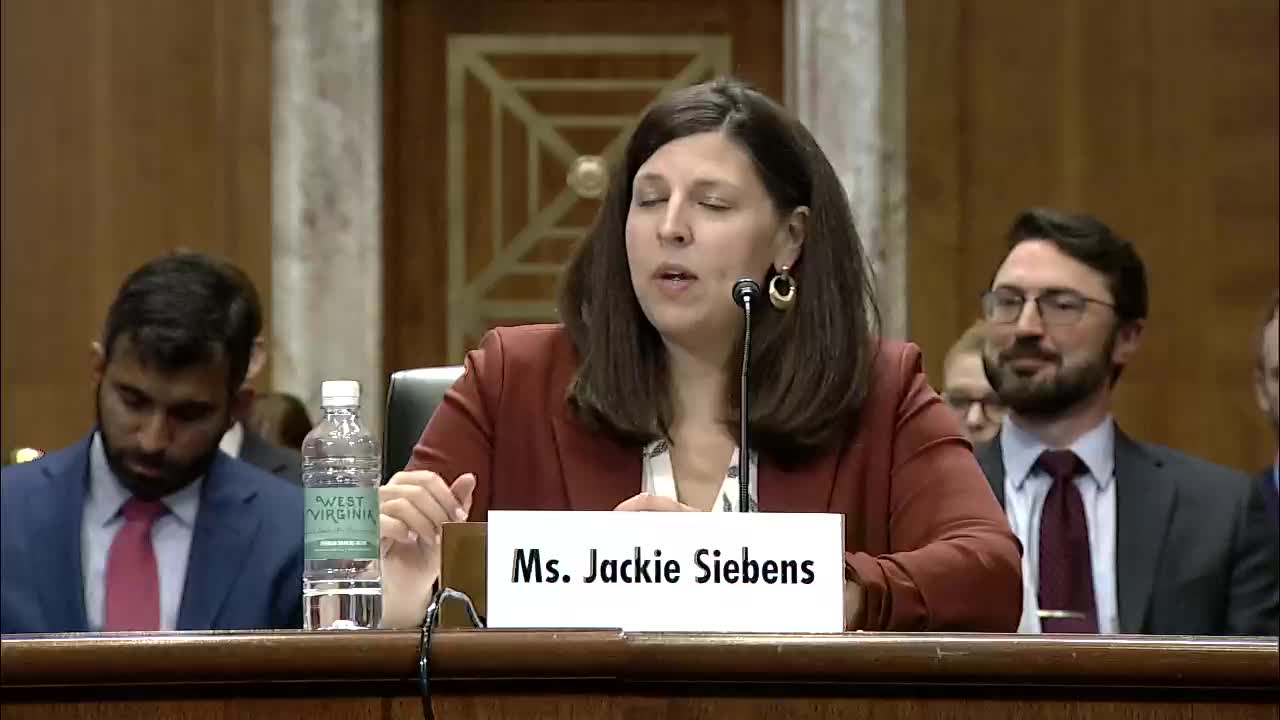Fusion Power Plant Set for 2028 Launch with Microsoft
September 19, 2024 | Energy and Natural Resources: Senate Committee, Standing Committees - House & Senate, Congressional Hearings Compilation
This article was created by AI summarizing key points discussed. AI makes mistakes, so for full details and context, please refer to the video of the full meeting. Please report any errors so we can fix them. Report an error »

In a recent government meeting, officials discussed the promising advancements in fusion energy, highlighting plans for the first commercially operating fusion plant by 2028. This facility, which will provide power to Microsoft, is set to generate 50 megawatts and will occupy a footprint comparable to a football field, approximately 30,000 square feet.
The fusion plant will utilize a pulsed system, differing from the steady-state design seen in the ITER project. This innovative approach allows for rapid adjustments in power output, enabling the facility to meet the fluctuating energy demands of its customers in real-time. The technology has already been validated through extensive testing of a prototype, which successfully achieved over 10,000 fusion pulses.
Key to the operation of this fusion plant is its fuel source, primarily deuterium and helium-3. Deuterium, derived from heavy water, is abundant and inexpensive, while helium-3 can be produced as a byproduct of the fusion process itself. This sustainable fuel model contrasts sharply with traditional nuclear fission, which generates long-lived radioactive waste.
The meeting also touched on a future collaboration with Nucor, North America's largest steel producer, to develop a larger 500-megawatt facility. While the design for this plant is still in progress, it is expected to maintain a similar size to the initial 50-megawatt plant, with the main increase in footprint attributed to the necessary power electronics.
As the discussion concluded, officials expressed optimism about the potential of fusion energy to revolutionize power generation, emphasizing the importance of continued investment and development in this field. The timeline for the first operational plant is seen as a significant milestone in the pursuit of clean, sustainable energy solutions.
The fusion plant will utilize a pulsed system, differing from the steady-state design seen in the ITER project. This innovative approach allows for rapid adjustments in power output, enabling the facility to meet the fluctuating energy demands of its customers in real-time. The technology has already been validated through extensive testing of a prototype, which successfully achieved over 10,000 fusion pulses.
Key to the operation of this fusion plant is its fuel source, primarily deuterium and helium-3. Deuterium, derived from heavy water, is abundant and inexpensive, while helium-3 can be produced as a byproduct of the fusion process itself. This sustainable fuel model contrasts sharply with traditional nuclear fission, which generates long-lived radioactive waste.
The meeting also touched on a future collaboration with Nucor, North America's largest steel producer, to develop a larger 500-megawatt facility. While the design for this plant is still in progress, it is expected to maintain a similar size to the initial 50-megawatt plant, with the main increase in footprint attributed to the necessary power electronics.
As the discussion concluded, officials expressed optimism about the potential of fusion energy to revolutionize power generation, emphasizing the importance of continued investment and development in this field. The timeline for the first operational plant is seen as a significant milestone in the pursuit of clean, sustainable energy solutions.
View full meeting
This article is based on a recent meeting—watch the full video and explore the complete transcript for deeper insights into the discussion.
View full meeting